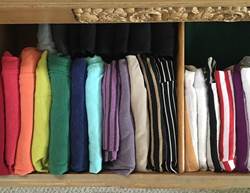From taking up unnecessary space to causing permanent damage, storage mistakes can be costly. Stay organised and keep everything safe in its proper place with these smart tips.
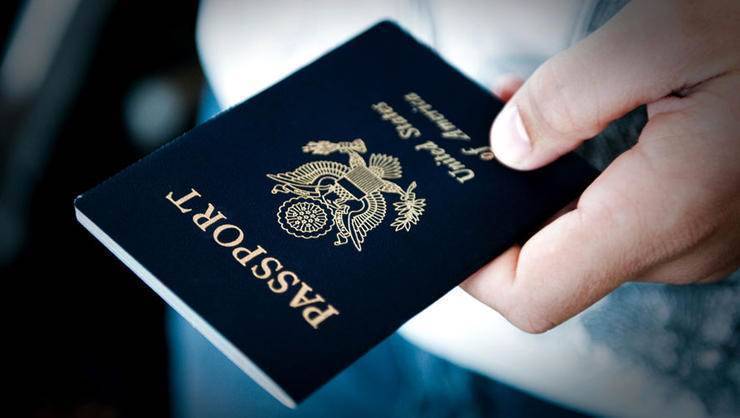


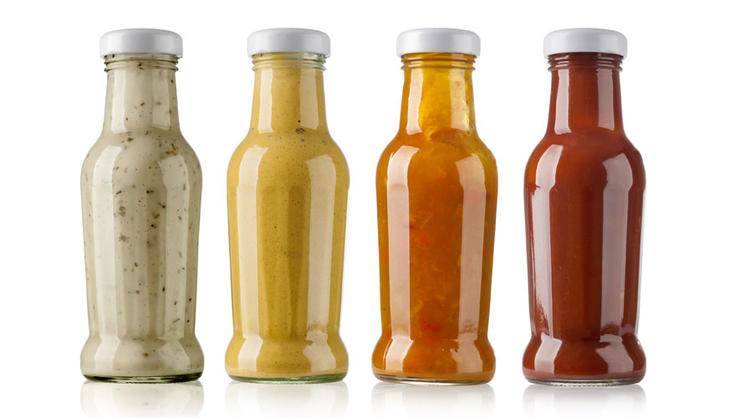
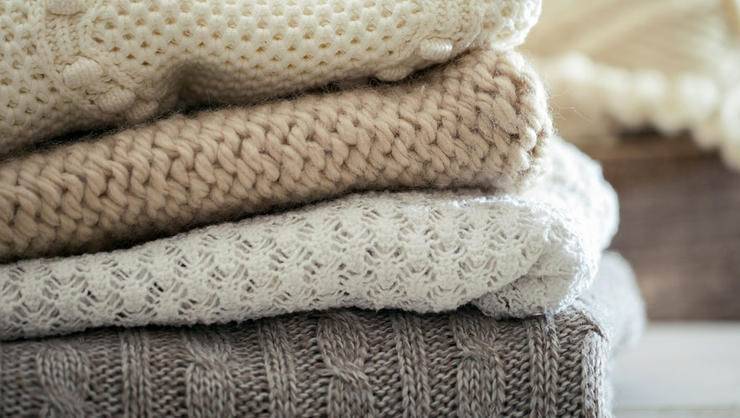
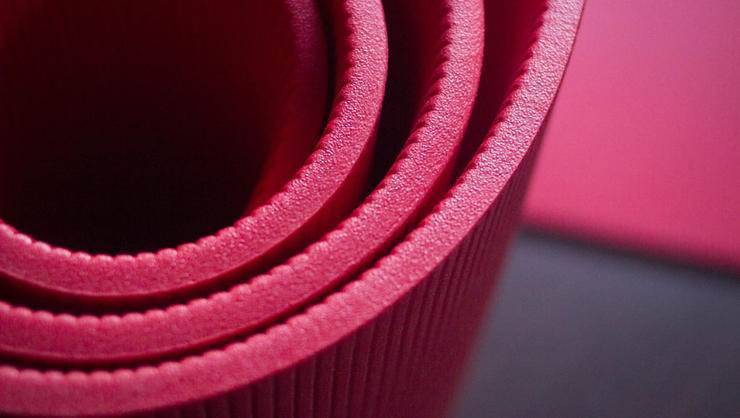
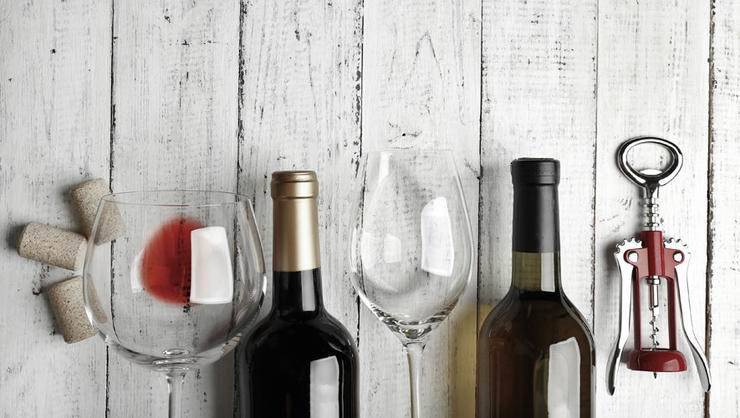


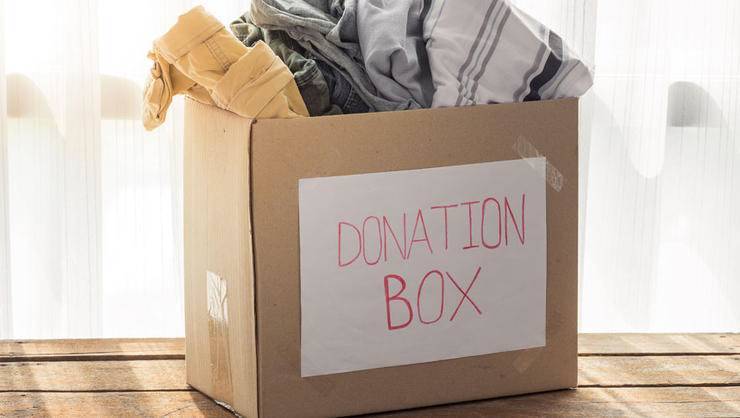
Important papers
It's on the list of things you've been meaning to do, but storing your papers safely isn't something to put off any longer. It's recommended to store important documents like birth certificates, passports, and financial and medical records in a safe container that you can grab quickly if necessary. You can also get a safe deposit box for the originals and safely store photocopies of important papers at home. While you're at it, prep an emergency supply kit and store everything together.
Flour
Don't let your flour go to waste! Instead of leaving it in the cabinet in the original paper package, keep out mites and extend your flour's shelf life with airtight containers. White flour does well in a cool place for a couple of months, but whole wheat and nut flours should be stored in the fridge or freezer. Their high oil content quickly goes rancid at room temperature. If you aren't sure where to store a particular flour, check the package or stash it in the fridge to be safe.
Photos
Don't let your precious memories fade away. The U.S. Library of Congress recommends you store photographs in a cool, dry place away from light to prevent damage. Look for acid-free storage materials to protect the prints. Remove all rubber bands, clips and tape before placing photos in a box with a lid. Whatever you do, don't store them in a damp basement, garage, or hot attic. While you're putting them in a better location or finding a new container, now might be a great time to quickly sort through and pull out any photos you don't want to keep (blurry, duplicate, damaged, etc.).
Once you have your prints safely stored, don't forget about your digital photos! Consider placing a copy of your library on an external hard drive or in cloud storage to prevent losing everything if your computer fails or is stolen.
Condiments
While most condiments won't go bad out on the counter, they will start to lose their flavour. Safeguard your sriracha and other condiments by putting them in the fridge after opening them. And organic tomato sauce and other preservative-free condiments should always be kept in the refrigerator to keep them safe.
Clothing
Just shoving clothes inside your wardrobe causes wrinkles and could even damage your garments over time. Fold carefully place out of season jumpers and blankets in space bags, so they can be easily slid into small storage spaces.
Yoga mat
The worst place to keep your yoga mat is in your car; the heat can break down the materials and make it brittle. It's best to store your mat at home (or in the office) out of direct sunlight and away from any heat sources.
Wine
If your bottle has a cork, be sure to store the wine on its side to keep the cork moist. This will keep the cork from drying out, letting air in, and spoiling the bottle. Make sure your wine rack is in a cool spot that doesn't get direct sunlight, and avoid putting wine on top of the hot fridge. Same goes for inside of it: While short stints in the fridge are fine, leaving wine in there long term dries out the cork. Once you've opened the bottle, put the cork back in and use it up within a few days. No matter what, don't store wine in the garage.
Medication
That steamy shower isn't doing your meds any favours—and neither are the vanity lights above the bathroom cabinet. Turns out your medicine cabinet is the worst place to keep your medications. Heat, cold, moisture and light can damage medicine and make it less potent. A dresser drawer or a cool, dark spot in a kitchen cabinet are better options. Always remove the cotton ball out of the bottle when you first open it—once the bottles open, the cotton can harbor moisture and harm the contents. Be sure to always check the bottle for specific storage instructions. Keep an eye on temperature—drugs should never be exposed to anything more than 30°C (even while traveling)
Christmas Lights
Make decorating much more enjoyable next year with tangle-free, working lights. Instead of shoving them back in the box they came in or trying to wrap them in coils, wind light strings around something to keep them untangled and undamaged. You can buy a light reel/power cord holder or simply wrap them around an upcycled piece of cardboard. Empty coffee cans or wrapping paper rolls also work well. Be careful not to coil lights too tightly, and try to wrap in neat rows instead of across other strands. Don't forget to remove broken strands before putting them all away, and always store coloured lights in a dark place to prevent fading.
Unused items
Make room for the stuff you love or need and get rid of clutter by discarding or donating unused items. Anything that has been sitting around for more than a year without use is ripe for removing. If you haven't been camping in 10 years, it's probably time to get rid of the sleeping bags. You can double your storage space—all you need to do is clear out half of the stuff.








